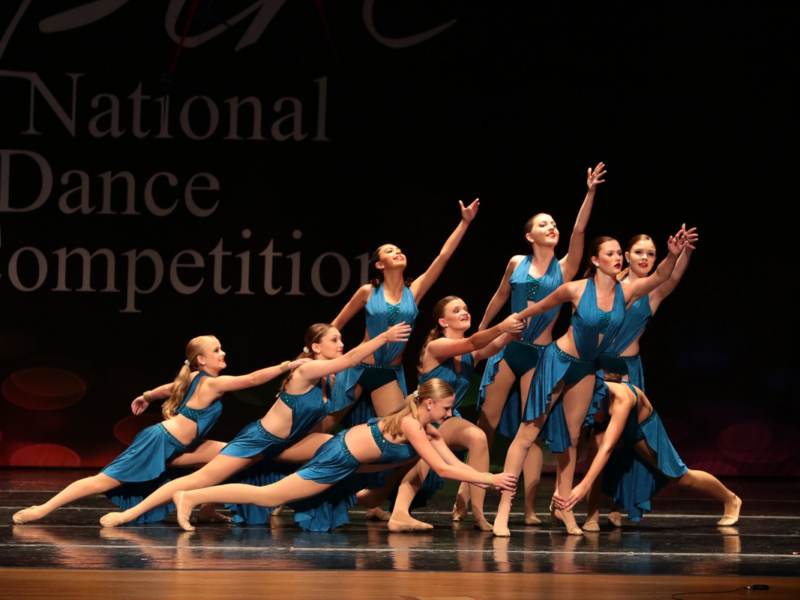
The Art of Dance Competition Performances
Dance competitions provide dancers with a platform to showcase their skills, talent, and artistry. These events are not only a chance to win awards and recognition but also an opportunity for dancers to grow and improve as performers. In order to deliver impressive dance competition performances, dancers need to understand the secrets behind captivating the audience, showcasing technical proficiency, and leaving a lasting impression on the judges.
1. Captivating the Audience
One of the key elements of a successful dance competition performance is the ability to captivate the audience from start to finish. Dancers can achieve this by selecting a compelling and engaging choreography that tells a story or conveys a strong emotion. The use of dynamic movements, dramatic pauses, and well-timed sequences can help create a mesmerizing performance that leaves the audience wanting more.
2. Showcasing Technical Proficiency
In addition to captivating the audience, dancers need to showcase their technical proficiency during competitions. This includes executing complex dance moves with precision, maintaining proper technique and form, and demonstrating mastery over various dance styles. Judges often look for dancers who display a high level of technical skill, as it reflects the dancers’ dedication and commitment to their craft.

3. Connecting with the Music
A strong connection between the music and the dance performance can greatly enhance the overall impact. It is important for dancers to choose music that complements their choreography and allows them to express themselves fully. By understanding the rhythm, dynamics, and emotions of the music, dancers can synchronize their movements and create a seamless flow of expression that resonates with the audience and the judges.
4. Stage Presence and Confidence
Stage presence and confidence are essential components of a captivating dance competition performance. Dancers should project their energy and personality onto the stage, engaging with the audience and exuding confidence in their movements. Maintaining eye contact, commanding the space, and radiating positivity can help dancers establish a strong connection with both the audience and the judges.
5. Attention to Detail
Attention to detail is what sets apart exceptional dance competition performances from the rest. Dancers should pay careful attention to every aspect of their performance, from costumes and props to facial expressions and body language. Every movement should be deliberate and precise, and every element of the performance should contribute to the overall narrative or theme.
6. Rehearsal and Preparation
Behind every impressive dance competition performance lies hours of rehearsal and preparation. Dancers must dedicate themselves to rigorous training, refining their technique, perfecting their choreography, and rehearsing tirelessly. By investing time and effort into their preparation, dancers can build the strength, stamina, and muscle memory required to deliver a flawless performance.
7. Feedback and Continuous Improvement
Feedback and continuous improvement are crucial elements of the dance competition journey. Dancers should actively seek feedback from teachers, mentors, and judges to identify areas of improvement and refine their technique. They should embrace constructive criticism and use it as a catalyst for growth and development. The ability to learn from each performance and apply those lessons to future competitions is a key factor in achieving impressive dance competition performances.

8. Expressing Emotion and Artistry
Beyond technical proficiency, dancers should strive to express genuine emotion and artistic interpretation in their performances. Dance is a powerful medium for storytelling and self-expression, and dancers who can effectively convey their emotions and connect with the audience on a deeper level are more likely to leave a lasting impression. The ability to balance technicality with artistry is what transforms a good dance performance into a truly memorable one.
9. Overcoming Nerves and Performance Anxiety
Nerves and performance anxiety are common challenges that dancers face during competitions. It is important for dancers to develop strategies to manage their nerves and channel their energy positively. Breathing exercises, visualization techniques, and mental preparation can help dancers overcome stage fright and deliver confident and impactful performances.
10. The Importance of Passion and Enjoyment
Above all, dancers should never lose sight of their passion for dance and the enjoyment they derive from performing. Genuine passion and love for what they do will shine through in their performances, making them more relatable and engaging for the audience. Dancing with joy and enthusiasm not only enhances the overall performance but also reminds dancers why they fell in love with dance in the first place.
To learn more about the world of dance competition performances, you can explore articles such as What Dance Competitions Really Mean To Dancers and How Do Dance Competitions Work?.